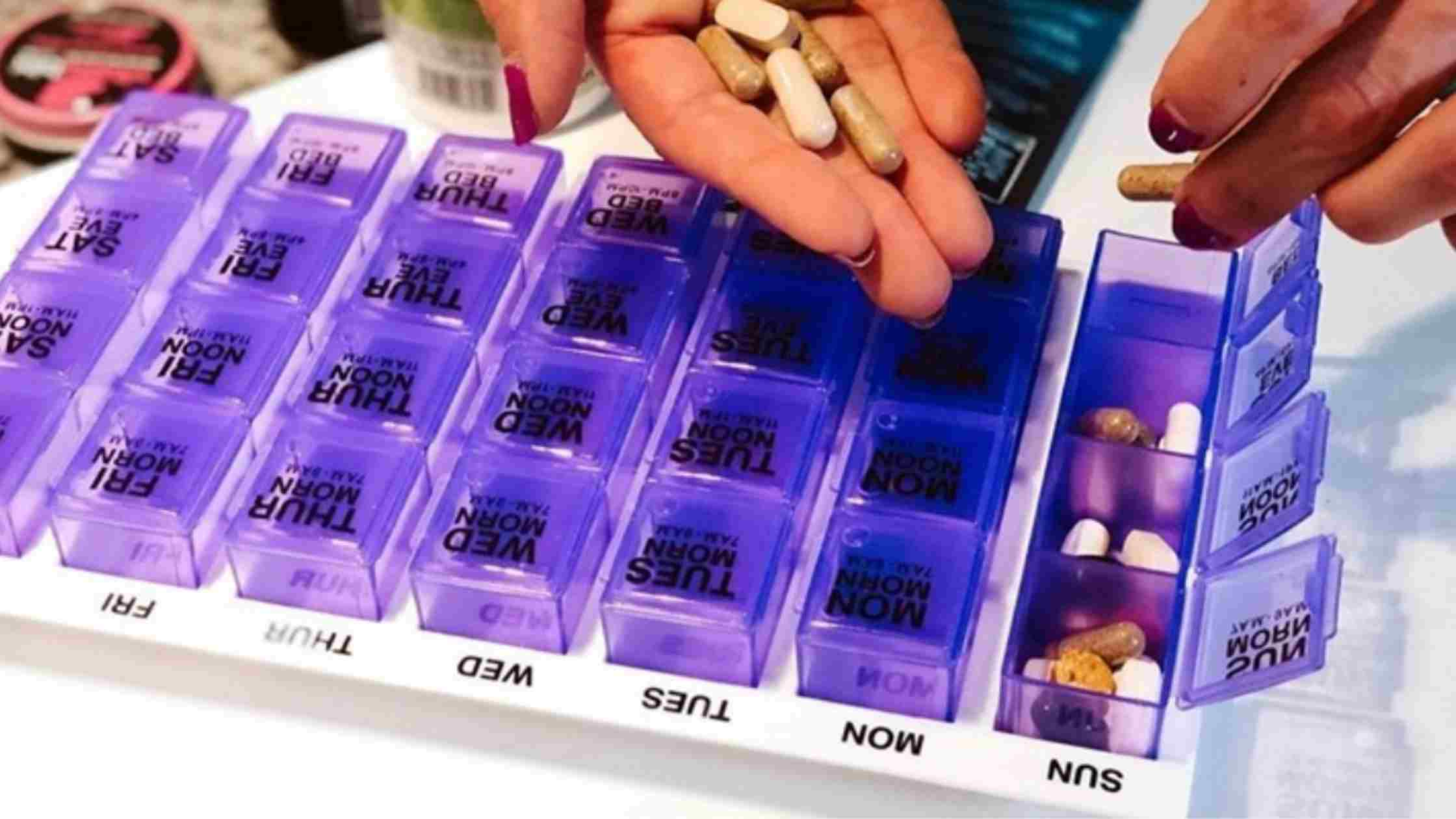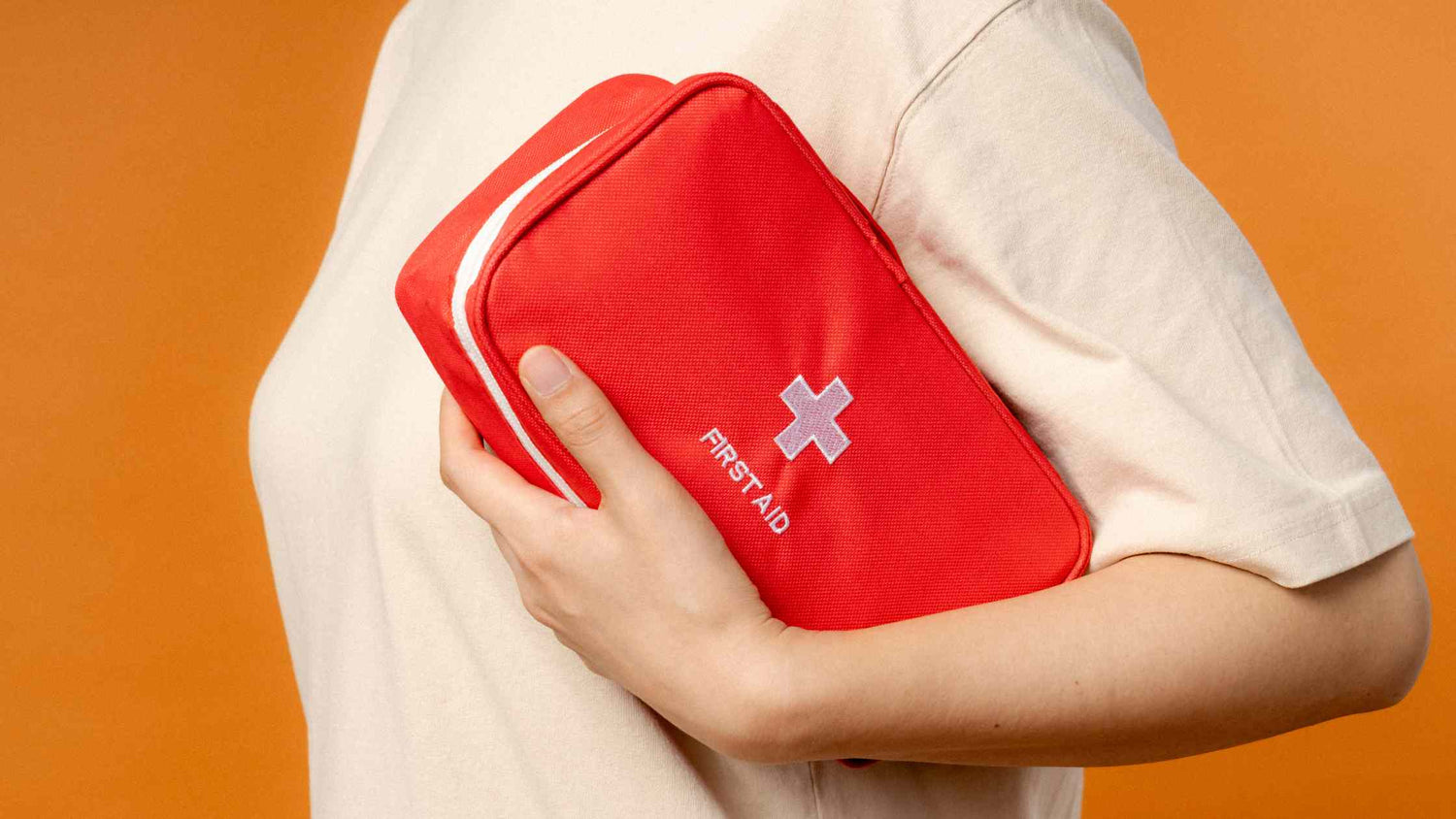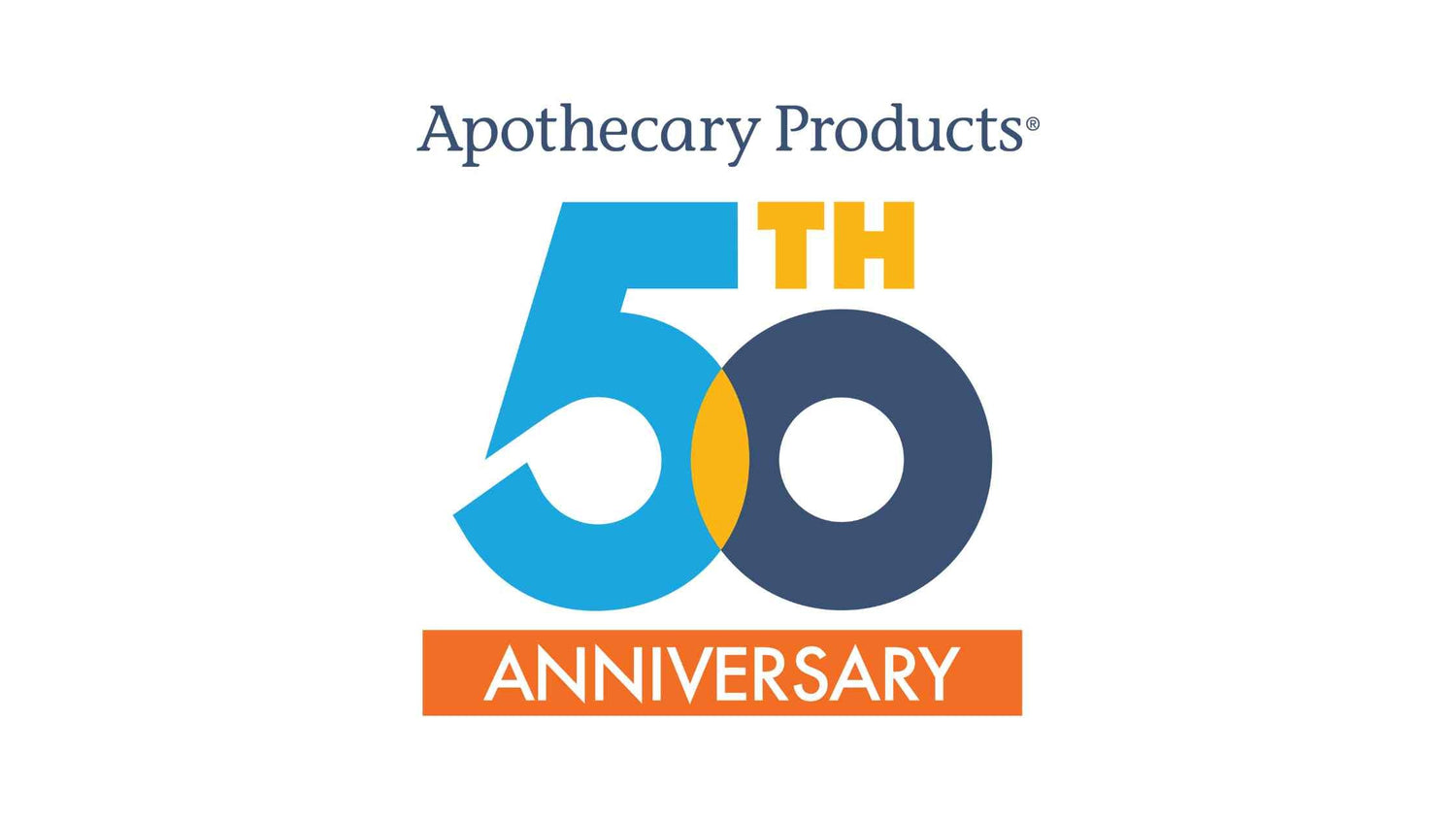An easily-overlooked yet simple and potentially life-saving part of an individual’s daily healthcare routine is something that should be commonplace in all health-related stores: the pill organizer. But is it really such a big deal and should it be that important? To millions of Americans, yes. Whether it’s a pill organizer with labels, pill organizer for three times a day use, or one for monthly use, the item lends itself to the needs of an individual’s medication adherence — or the success with which they follow instructions for the all-important medications they take.
With the U.S. adult population just over 250 million as of the 2020 census and around 60% of adults reportedly taking at least one medication daily, that’s around 150 million people who take prescription medications. Additionally, 36% of adults actually take three or more prescriptions regularly.1
The commonality of people taking medications should also signal a commonality for items like pill organizers then, right? It certainly seems so. According to Verified Market Reports, the value of the weekly pill organizer market was $158.3 million in 2023. By 2030, it’s projected to more than double at a $379.5 million value. In the report, it is noted that these pill organizers are “essential” for medication adherence.2 The audience for these types of products range from the elderly needing daily prescriptions for chronic conditions down to health-conscious young adults taking regular vitamins.
What does all of that mean for you? Growth opportunities! With millions of people taking medications, and a wide variety of individuals taking them, that’s a large audience to target. Many of those who use pill organizers also use items like pill cutters or pill crushers to get their dosages to the right amount, so there are additional opportunities there, too.
So how do we get those individuals who take medications to use pill organizers? Well unfortunately, many people don’t completely adhere to their medication instructions prescribed by their doctor. The National Library of Medicine reports that up to 50% of patients with medications prescribed for chronic conditions don’t adhere to their instructions. Medication adherence is estimated to account for upwards of 100,000 preventable deaths and over $100 billion in costs related to unnecessary hospitalizations and emergency room visits annually.3
While there are several reasons for lack of adherence — varying from cost, to not fully understanding instructions, to questioning their effectiveness — one of them is something that you can help with: those who have a hard time remembering whether or not they’ve taken their medications on a given day. Pill organizers can increase the efficiency with which an individual takes their medications and the efficacy of their outcomes.
This is where you come in. Pill organizers are a great way to help people remember whether or not they’ve taken medications yet that day. One thing with pill organizers, though, is that there are so many different types, styles, colors, and other options. Depending on the need, there are myriad options for pill organizers to take into account and have on hand to encourage adherence.
- Some individuals take several medications at once, so they need larger compartments to store multiple mediations. Other vitamins, like fish oils, tend to be better pills that take up more space and also require larger compartments.
- Travel pill organizers are smaller and more discreet to easily fit in a pocket or purse. Other options include keychains that hook to a set of keys, a purse strap, or backpack for easy travel and avoiding getting lost in a suitcase or other bag.
- Number of compartments. While most have just seven compartments — one for each day of the week — others contain several compartments per day for the individual who needs to take medications more than once per day or take them at certain times of the day. For example, there are organizers with slots for morning, noon, evening, and bedtime.
- Special features. Locks help from accidental spilling and keeping away from children. On the other hand, features like easy-open push buttons, silicone grips on the bottom, or rounded compartment bottoms help with ease of access for those with arthritis or other dexterity issues. In fact, Very Well Health named Ezy Dose’s containers as the best option for those with arthritis.4
- Daily, weekly, or monthly organizers. Some have slots for an entire month, limiting the frequency with which an individual needs to refill the organizer. Some weekly ones have compartments for individual days that you can take out so if you’re going to be gone for a day or two, you can take only the compartments you need.
When you’re taking stock of your pill organizer inventory, make sure to keep in mind the variety. From how frequently a user takes medications, to how many medications they take, to the ease of use, to the place they’re taking them, to needing either weekly or monthly organizers, or anywhere from once to four times a day, there are a lot of factors to consider when one is choosing a pill organizer. Don’t let the options overwhelm you. Providing a solution for helping the user organize and manage their medications is a direct help to their medication adherence. It helps decrease the chance they experience adverse events from drug interactions, therapy duplications, or missing doses.
A pill organizer may seem like an easy order or a mundane object to have on your list of things to keep in stock, but don’t underestimate its importance in the life of its user. It can have a huge impact on the health of your customer in helping them stick to medication adherence. Having these products available for your customers will help make living healthier simple with products that put their health top of mind. Whether it’s a pill organizer with labels, pill organizer for three times a day use, a pill organizer for monthly use, help them take the guesswork and inconvenience out of daily medication management.
References
- National Center for Health Statistics. Characteristics of Adults Aged 18-64 Who Did Not Take Medication as Prescribed to Reduce Costs: United States, 2-21. https://www.cdc.gov/nchs/products/databriefs/db470.htm
- Verified Market Reports. Global Weekly Pill Organizer Market By Type (4 Times/Day, 3 Times/Day), By Application (Drug, Health Products), By Geographic Scope And Forecast. https://www.verifiedmarketreports.com/product/weekly-pill-organizer-market/
- National Library of Medicine. The Unmet Challenge of Medication Nonadherence. https://www.ncbi.nlm.nih.gov/pmc/articles/PMC6045499/
- Very Well Health. The 7 Best Expert-Approved and Effective Pill Organizers. https://www.verywellhealth.com/best-pill-organizers-4158598





